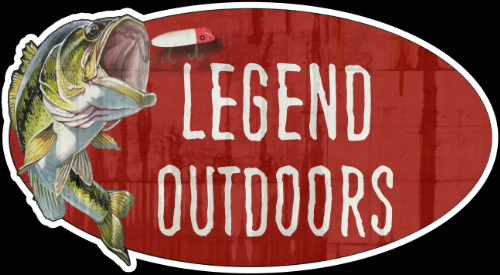Trolling on Lake Michigan is a challenging, but rewarding way to fish. It can certainly make the most seasoned fisherman throw in the white flag of surrender when the fishing gets tough. There are days when the salmon and trout seem nowhere to be found.
These days can test an angler and it is important to be flexible in your presentations. It is time to mix things up a bit. You need to make adjustments to your presentation as well as your location in order to find the feeding fish.
We are coming into the fall season and the big kings are going to start staging near and around the harbors and the river mouths. They are feeding heavily for the upcoming spawn and you are going to want to take advantage of this opportunity to find some big fish.
The staging of these kings is dependent on many conditions; however two important items are water temperature and daylight hours. The amount of daylight in a day is one way that these fish know that the time for the spawn is near.

Water temperature, however, plays a major factor in finding these fish and targeting that proper water temperature will mean success over failure. The surface temperatures right now are hovering around 72deg, however using a good temperature probe you will find 45deg water just 50feet down. This colder water will hold the baitfish and that is where you are going to find the big kings.
In my travels I have found that using a good depth probe on my downrigger is a key tool to allow you to zero in on the fish. The Fishhawk X4 is a unit that utilizes an underwater probe attached to the downrigger that gives the speed and temperature at the depth the downrigger is set at. There are several other manufactures out there to choose from, but the premise is the same. Getting your speed and temperature at different depths in the water column will allow you to put more fish in the box.
Once you know where the cold water is you need to get your baits into that zone. Downriggers, Deeper Divers, Leadcore, and TripZ divers are all great methods to get your baits into the zone you need to target.
When using these methods it is important to know how deep their equipment is actually running. There are charts that you can find in books as well as ones that come with the different divers that you use. These are usually very accurate and you will want to follow them the best you can in order to maximize your presentations.
When you find the proper temperature that you need to target then you can put your other baits at the same depths to improve your overall presentation. However, varying up the depths slightly will allow you to cover more water and to find active fish that may be holding above or below the cold water.
When these fish move up shallower the use of Deeper Divers and leadcore in your spread can make the difference in catching more fish. The Divers will allow you to get your baits down in the water column and they also will allow you to get the baits further away from the boat.
Leadcore will also do the a great job at getting your baits down to the fish and it offers a great stealth like approach that is often needed later in the year. Running 5 to 10 colors of lead off of planar boards will get your baits down to the fish and change the way the baits run in the water because of the undulation that it creates with the waves.
Often fisherman use the diver charts as a reference when setting their baits, but it is not necessarily and exact science. In my boat I use a Fishhawk TD probe that I am able to clip onto my line and send down to the diver that is down in the water. When the diver is pulled you can see how deep it was running vs. the amount of line that was let out. This will help adjust your spread to get the baits at the right running depth.
Knowing how deep you are running your baits and where the baitfish are holding you are able to target the area successfully. Now that you are in the “zone” you need to put the right baits down there to get these fish to commit.
This is where a good selection of trolling baits comes in. It is a good idea to have a good variety of offerings in the water to see what these fish are looking for. A good spread will consist of a variety of magnum spoons, at least one flasher/dodger fly combination and a body bait such as a j-plug or other good trolling crankbaits.
When you start getting into fish you can make adjustments to the type, color and style of baits you put down. It is common to catch a fish on one color spoon and then you can put another down of the same color or similar and you will be pleasantly rewarded with more fish.

Color and size can make a huge difference in your spread so when starting out try to vary it up a bit and let the fish tell you what they want. If green is getting hit more often then switch everything up to include a green color scheme in it. The same goes for size. If a smaller spoon is catching fish then downsize your presentations to match this in order to duplicate what is working.

Cory Yarmuth
Legend-Outdoors

